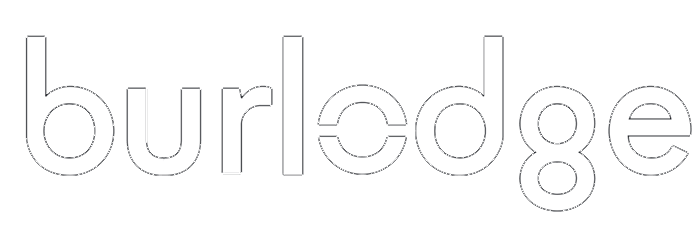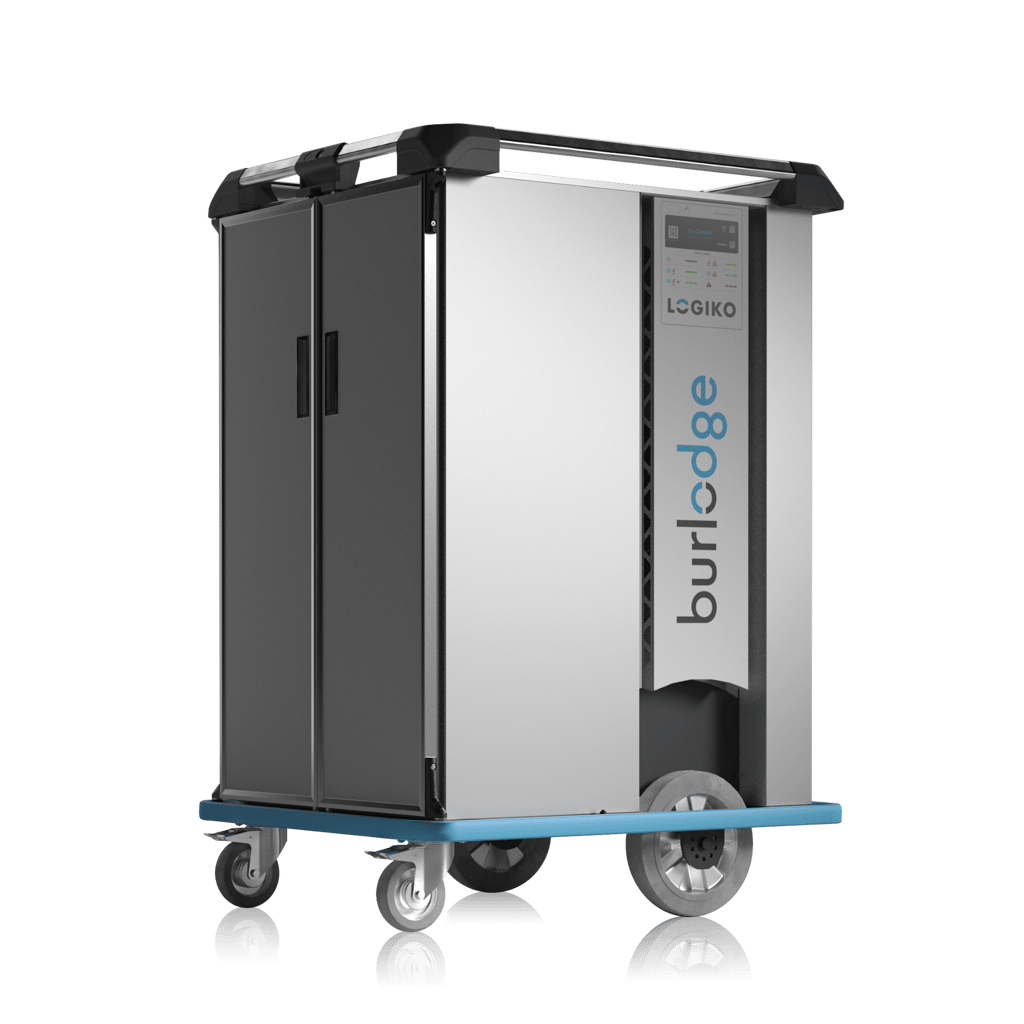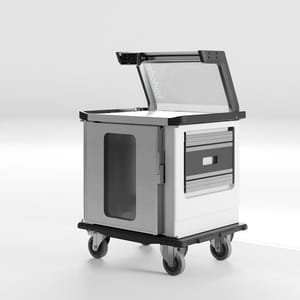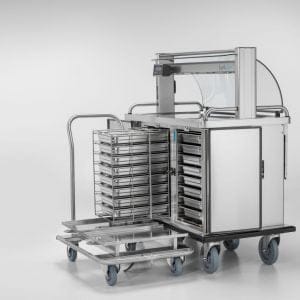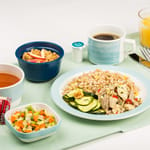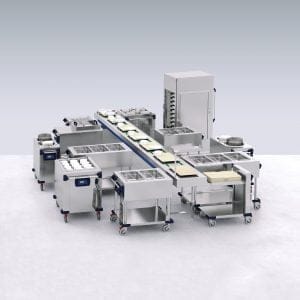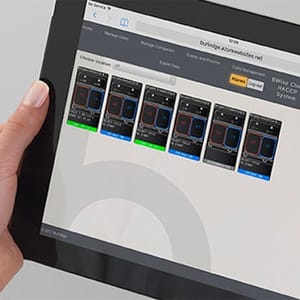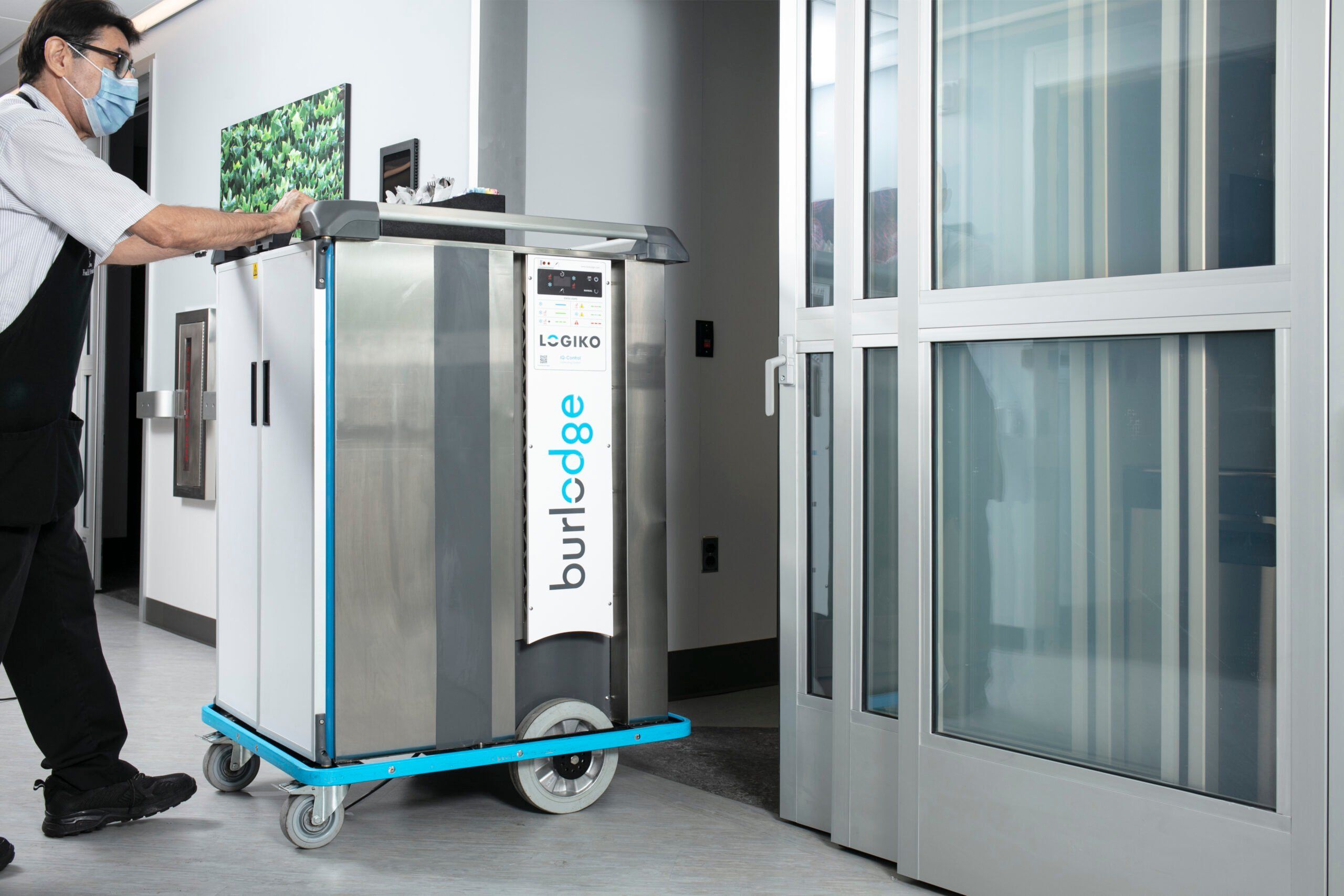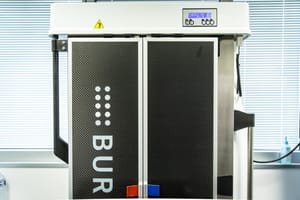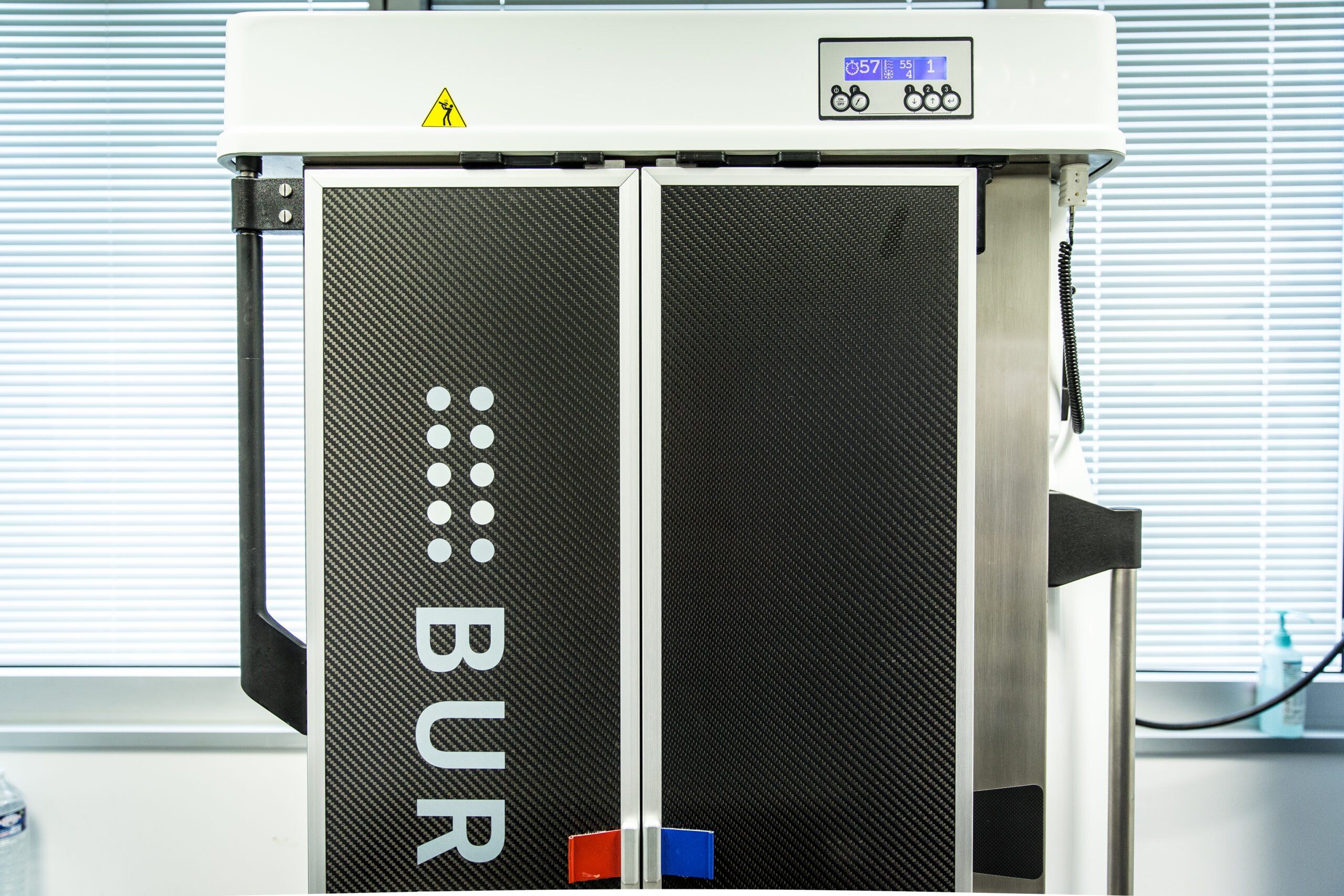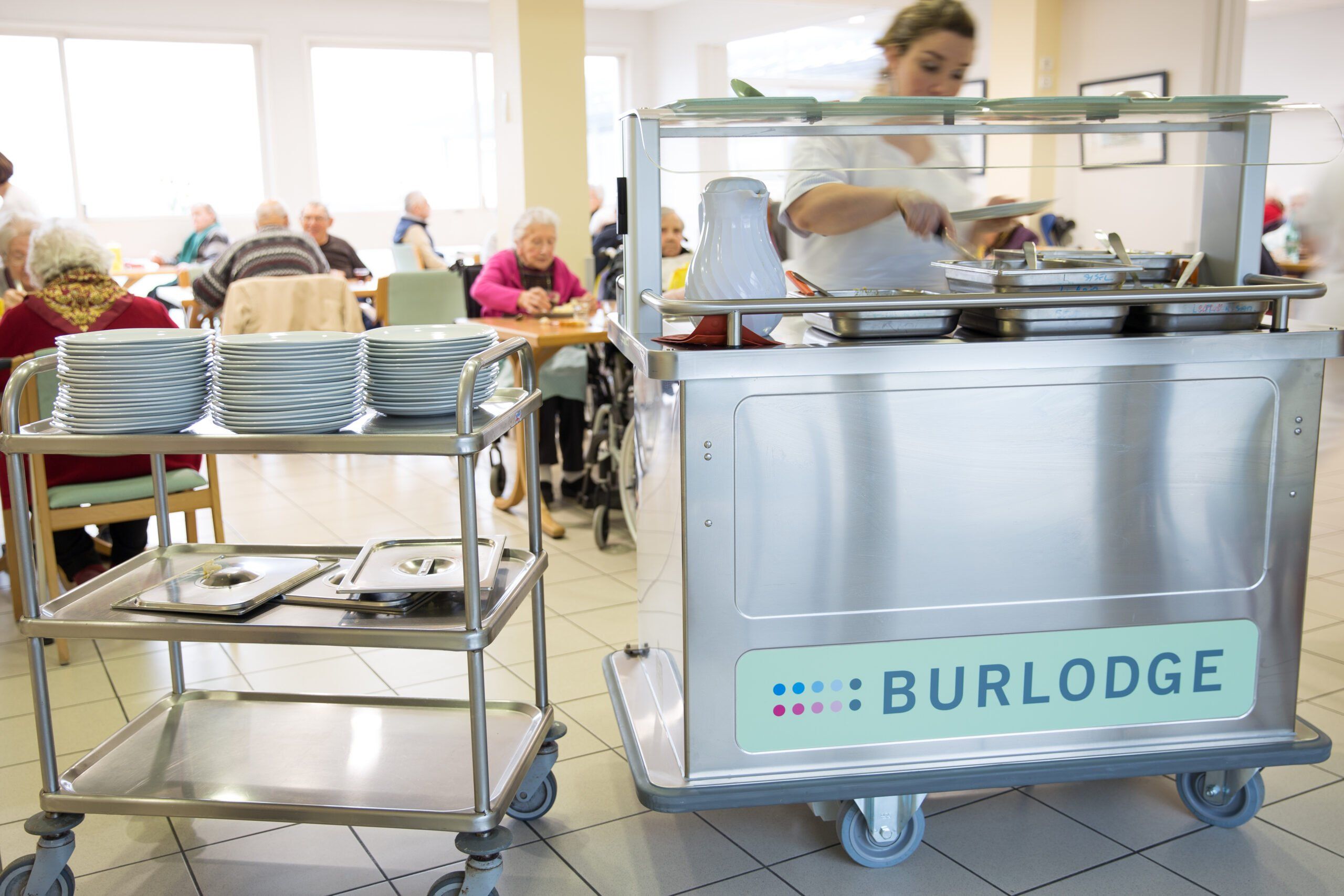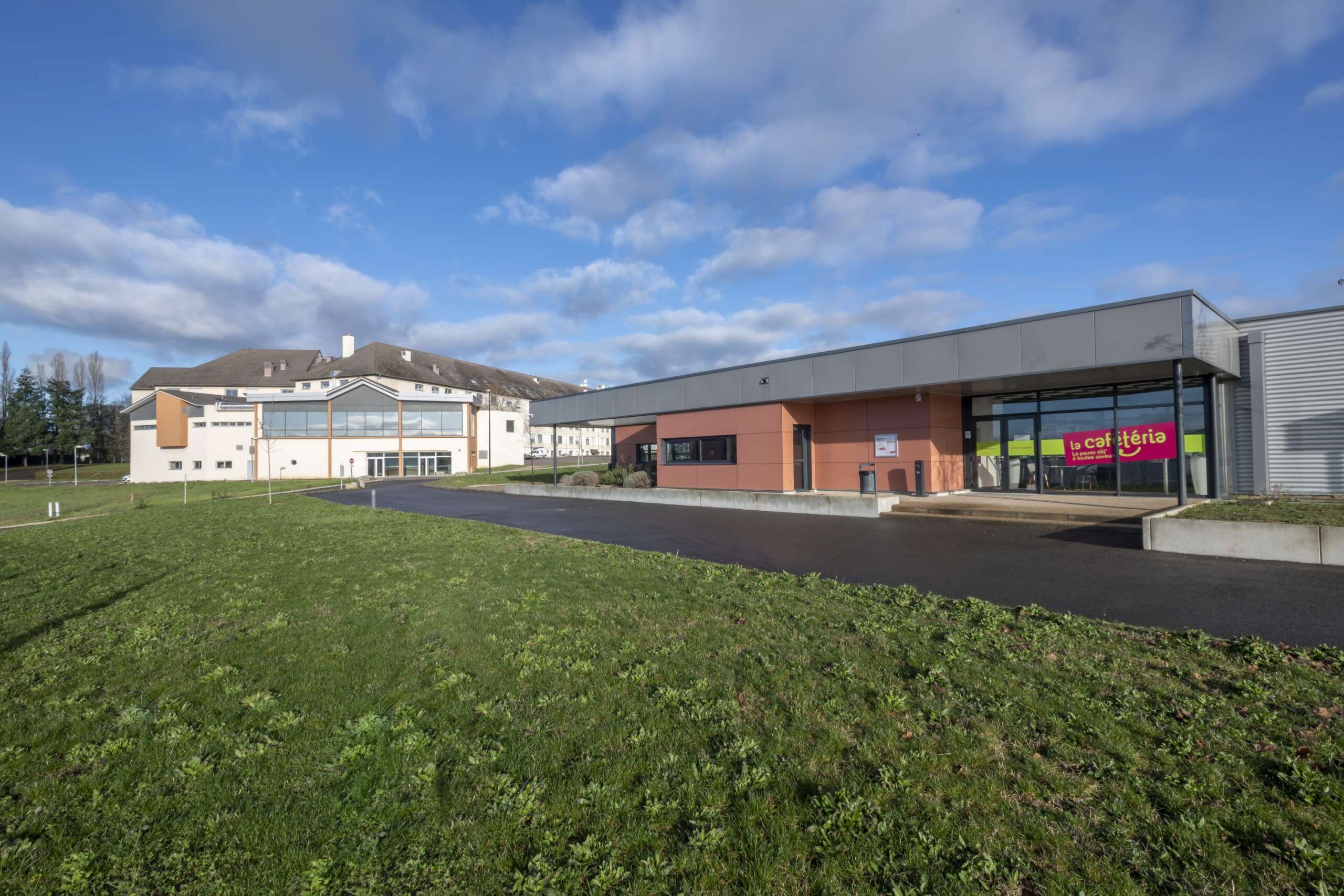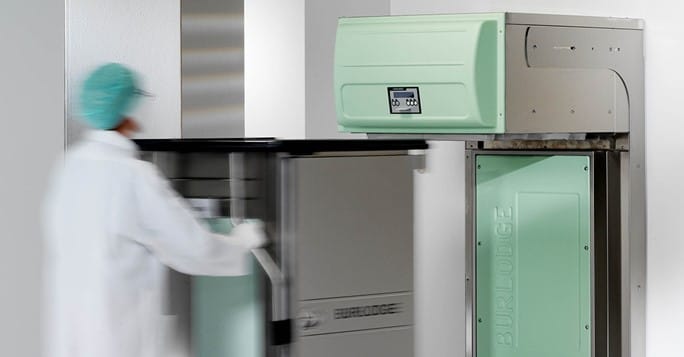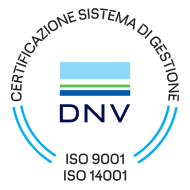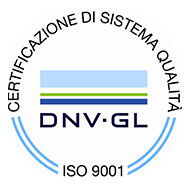Not so long ago, a foodservice director in a typical hospital only had to worry about two things: patient feeding and the cafeteria. But today’s healthcare foodservice directors have responsibilities that go far beyond those two areas. And Bob Ashe, Director of Food and Nutrition Services at Holy Name
Medical Center in Teaneck, N.J., is no exception. He has to balance a number of foodservice operations daily, both on- and off-site. When it comes to patient feeding, however, he’s getting some help from a new technological advance from Burlodge.
Facing Challenges
Holy Name is a 361-bed facility with a number of specialty services, such as specialized centers devoted to caring for patients with multiple sclerosis or cancer, and it also has offsite foodservice facilities. On campus, Ashe says, “we serve an average of 5,000 meals a day in diverse settings, including inpatient room service, multiple retail cafes and a coffee shop. Off-site feedings [include] senior daycare, child daycare and a hospice villa with a restaurant for family members.” In addition, Ashe’s 85-person staff handles catering for the medical center, serving six major events annually and a number of daily functions.
Ashe’s typical day starts with a management huddle to address areas of immediate concern. “The biggest challenge these days is staffing — ensuring staffing is consistent throughout the day,” he says. Monitoring the cafes and retail services makes up a big portion of his day, while the afternoons are often taken up with planning, budgeting and systems analysis. It’s certainly not a desk job: “We’re always running around checking on the off-site [operations], in another meeting, or a committee, or a patient — anything that comes up during the day we need to address,” he says.
Besides staffing, Ashe and his department face the same problems plaguing the rest of foodservice. “Right now, the food supply chain and paper supply chain are a huge challenge. The product variability hasn’t really stopped,” he says. Ongoing product shortages mean menus change constantly. “You need to adjust your menu and change with what’s available and what’s not.”
However, opportunities often come with those challenges, as Ashe notes the pandemic has given him a chance to rethink his retail services and focus on more takeout products. “People need to be able to transport [food], so we have a grab-and-go option where people can order and pick up.” The increase in takeout has also allowed him to reexamine his usage of disposable products and switch to a container that’s more environmentally friendly yet can still handle both hot and cold items.
Serving the Patients
Patient feeding represents the bulk of Ashe’s operation, and Holy Name is a room service operation. “We’ve created the best of both worlds by adding bedside menu entry with our staff. We also offer a patient-interactive option at the bedside for menu selection. We found that the face time with patients was invaluable toward integrating our meal experience with patient wellness,” Ashe says. Getting food to patients at the precise serving temperature is critical to his operation but also presents some unique issues. “Room service requires some staging, where carts sit in the kitchen area for up to 10 minutes before they’re moved to the patient area.”
To help him serve his patients more efficiently, Ashe selected the new Logiko meal delivery system from Burlodge. In fact, Holy Name was the first facility to use this system, which was designed with substantial user input. Clients told Burlodge current meal delivery systems with heated bases were heavy and cumbersome. They wanted a system that could handle both hot and cold food for extended periods, yet with carts that were manageable enough for room service usage. And they wanted a system that allowed them to hold meals in patient areas.
The state-of-the-art Logiko system solves those problems. It’s a self-contained hot and cold meal delivery system that can be used in any location with an electrical outlet. There are no heavy pellets or special insulated tray wares; all hot and cold foods are in a temperature-controlled, insulated cart from kitchen to patient. The Logiko system will facilitate a traditional hotline, room service or even à la carte dining room models. “With Logiko, operators can do tray or room service better than their current method, with greater efficiency and affordability, while serving hot and cold foods at the perfect temperature,” says Paul Gauntley, President, Burlodge Canada & USA. “Logiko uses any type of dinnerware, providing a familiar, homestyle meal tray to the patient, which in turn improves nutritional intake. There are various tray capacities, as well as innovative, human factor-friendly features.”
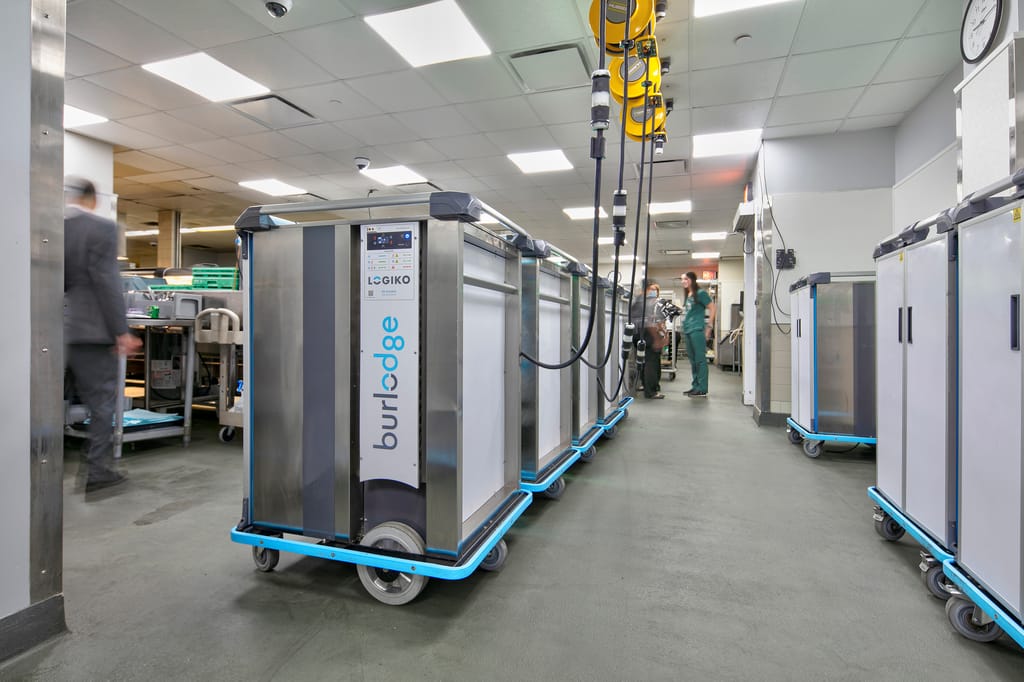
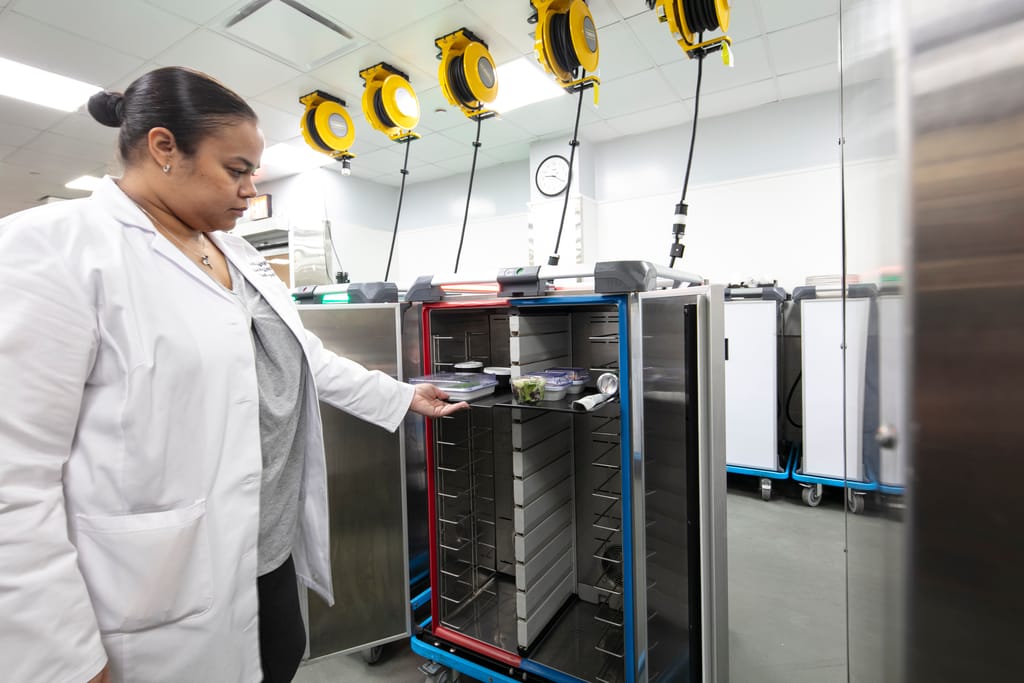
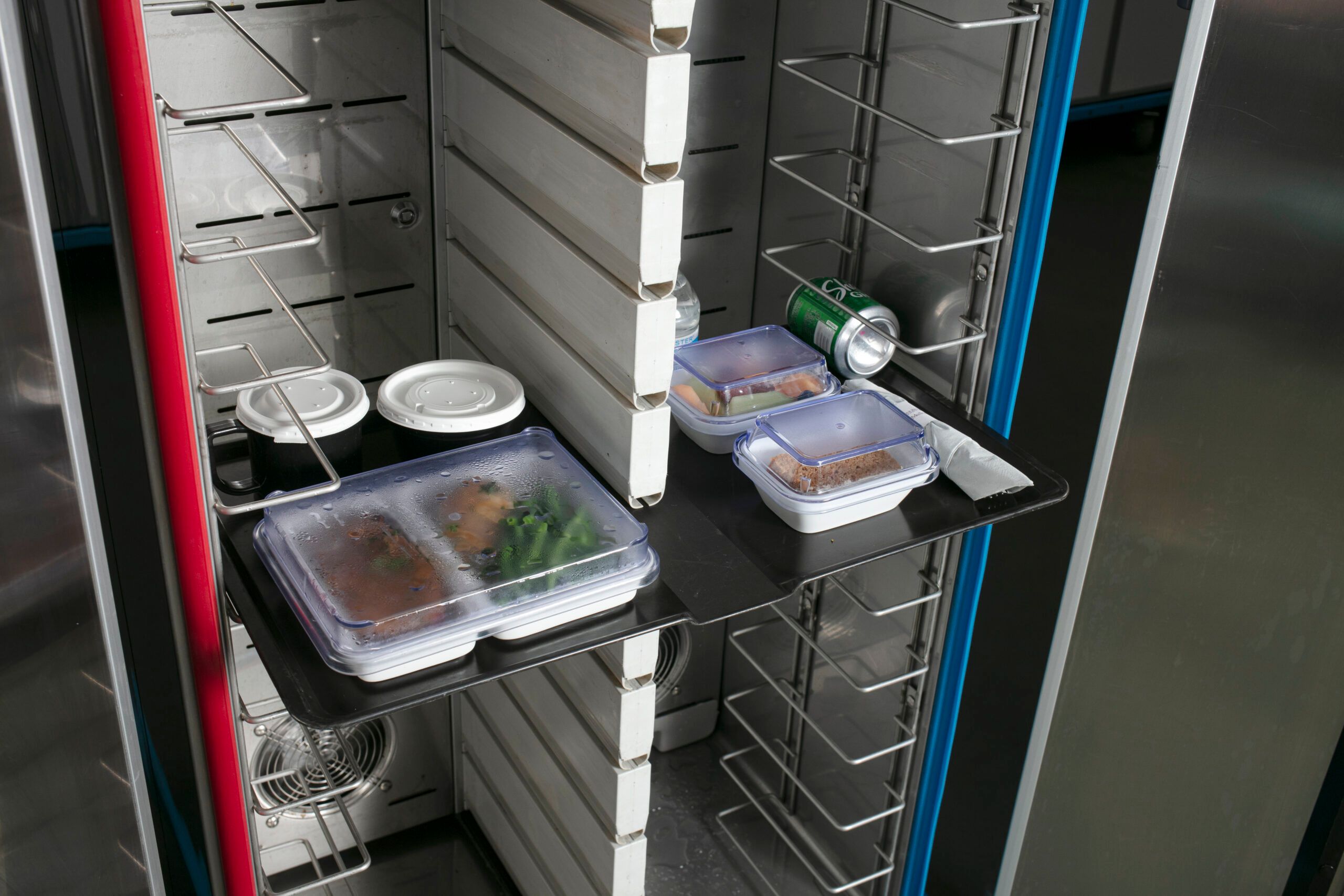
Ashe currently uses the Logiko system for room service delivery but sees other usages for it in the future. “We’re going to use it for our mother-and-baby unit, where we’ll send the cart up and plug it in their pantry alcove. Hot and cold trays will be available to patients all night long. We have other ideas too — to extend it to other patient care units like oncology, who would prefer to have a cart on the floor with cold items that substitute for what they have on their menu.”
Logiko helps Ashe run his room service delivery smoothly and easily. “Its performance has been even better than I expected,” he says. “It’s easy to maneuver and was designed to work well with any type of staff. It’s unique in this industry. The Logiko meal delivery system exceeds anything out there on the market today for maintaining both quality and temperature. Meals help heal, and this new delivery system allows us to better serve our patients.”
“We’re proud to offer the latest in meal delivery systems to enhance the experience and healing of our patients,” says Michael Maron, president and CEO of Holy Name. “We align with partners such as Burlodge who, like Holy Name, value both innovation and cutting-edge technology.”
